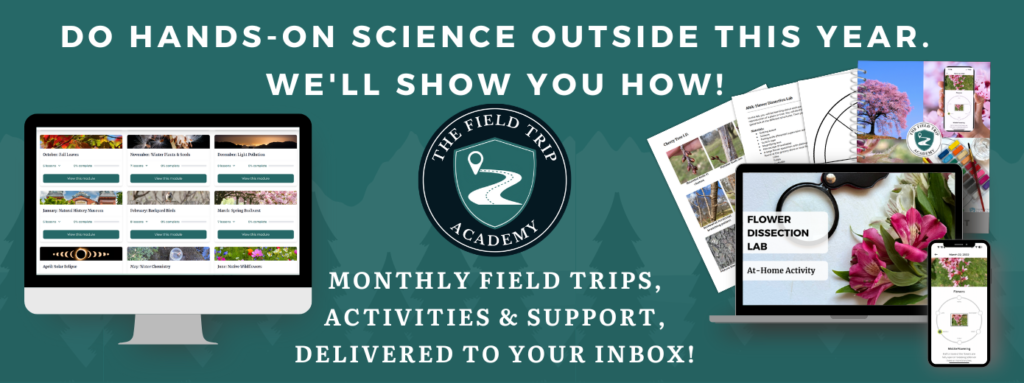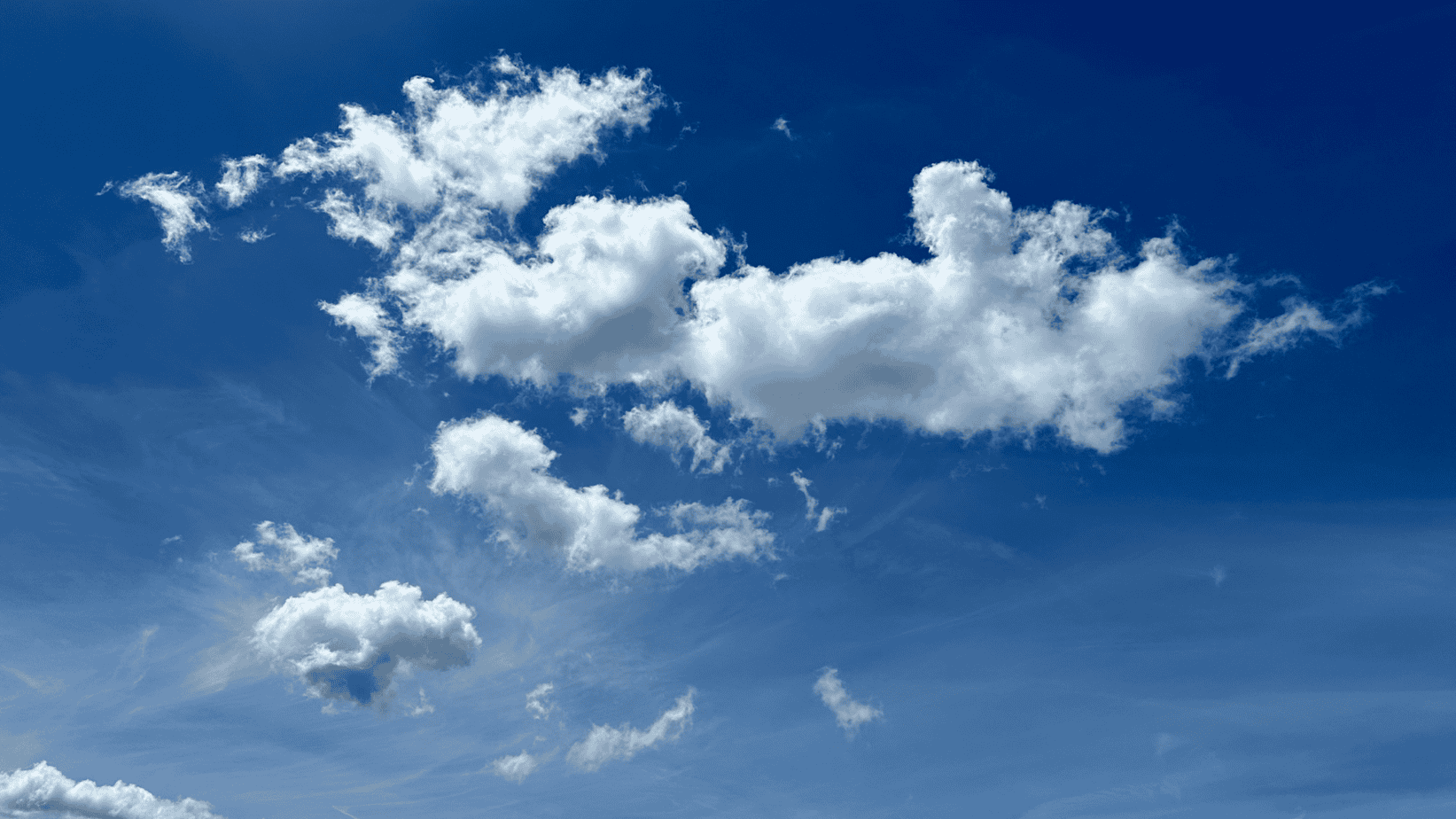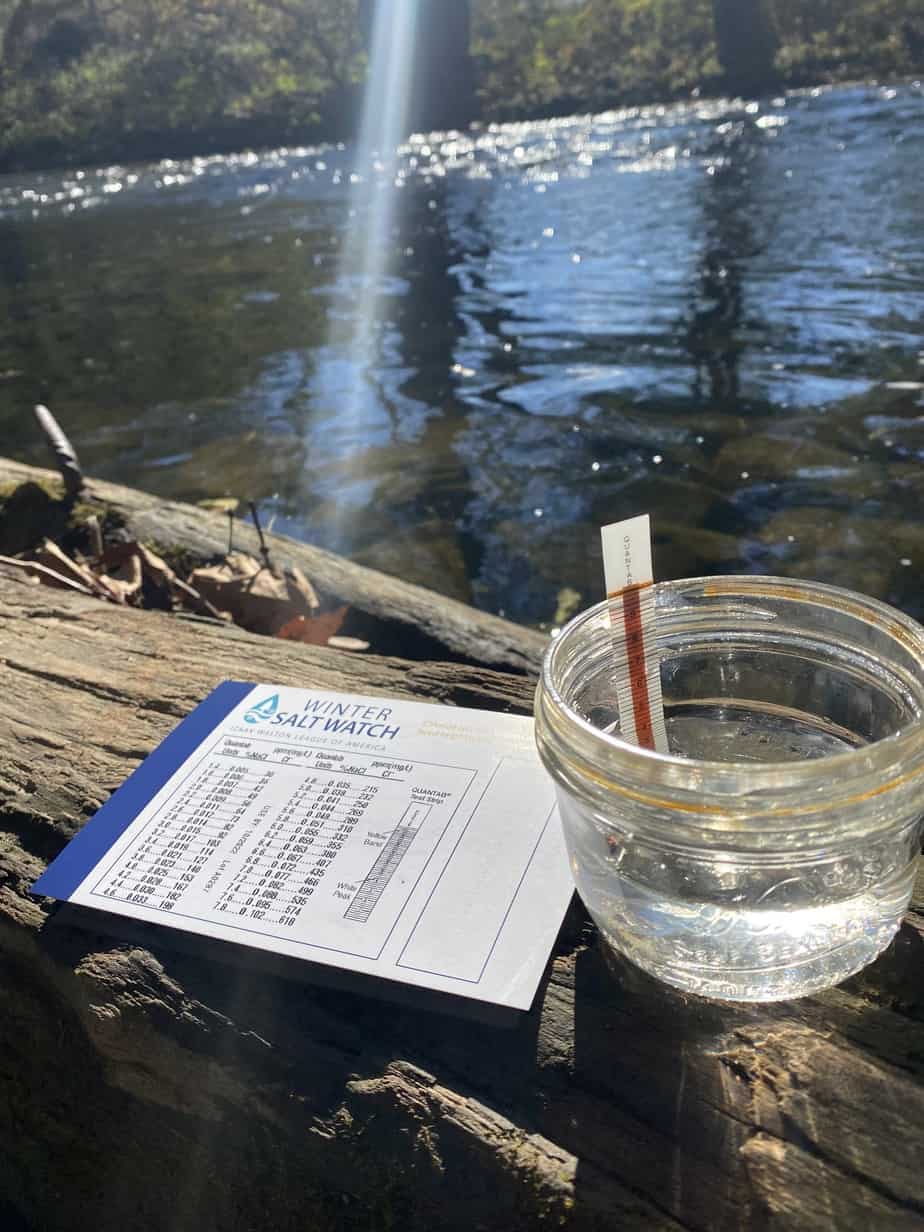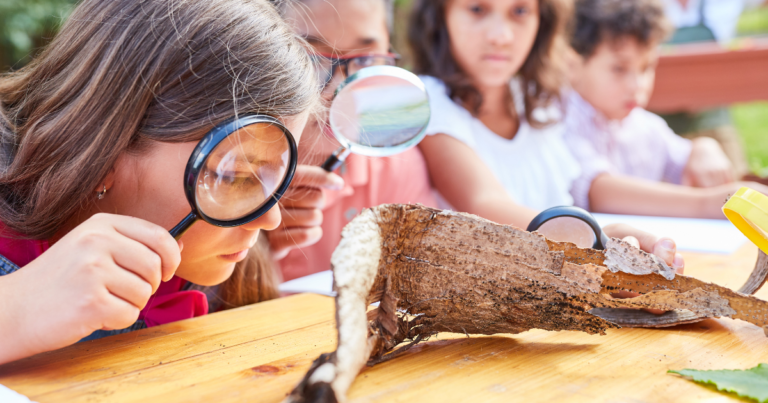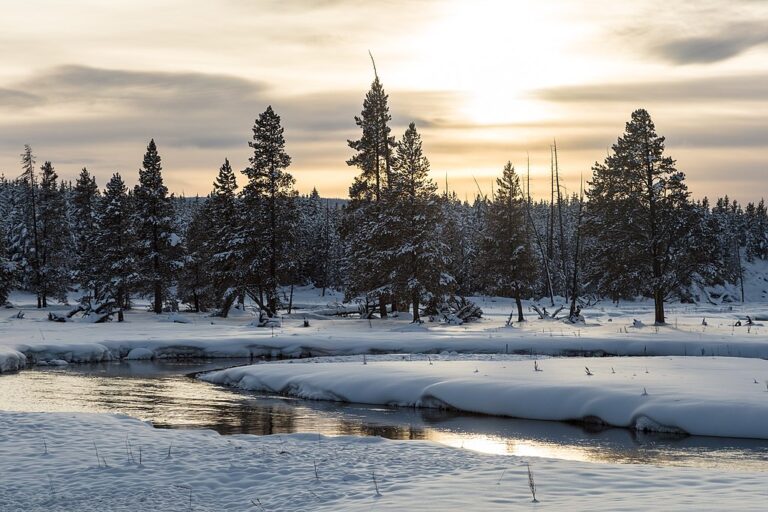Explore the Wonders of the Sky with Globe Observer: Clouds
Have you ever gazed up at the sky, fascinated by the ever-changing shapes and patterns of clouds? What if I told you that your cloud observations could contribute to real scientific research? With Globe Observer: Clouds, you can do just that! This amazing program from NASA invites people of all ages to become citizen scientists and help study clouds and their impact on our planet.
What is Globe Observer?
Globe Observer is a citizen science project that allows anyone to collect data about the environment using a smartphone or tablet. By participating, you can help scientists understand more about Earth’s atmosphere, land, and water. One of the most engaging parts of this project is the Clouds module, which focuses on observing and recording cloud data.
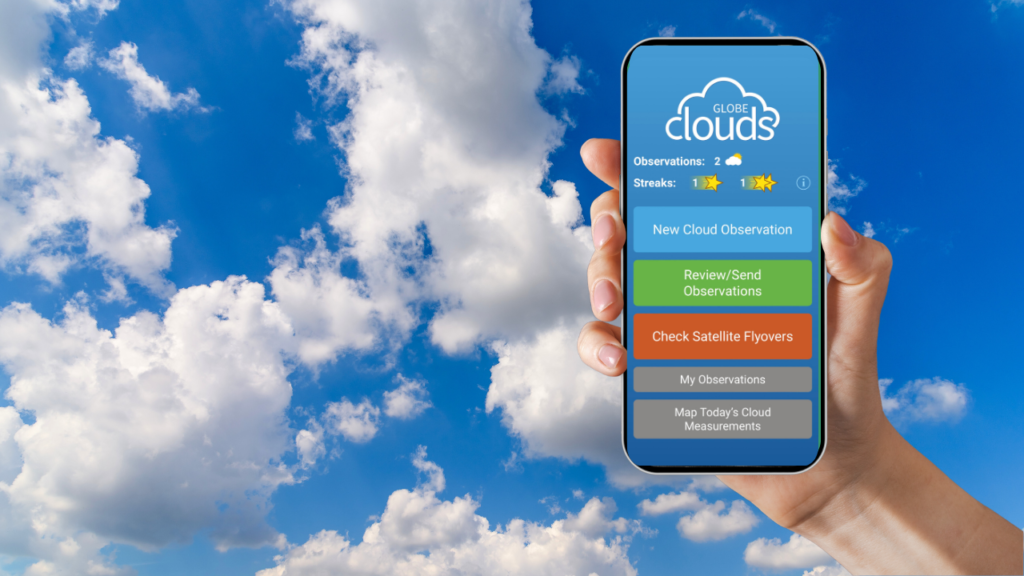
Why Are Clouds Important?
Clouds play a crucial role in our planet’s weather and climate systems. Here’s why studying clouds is important:
:Weather Patterns Different types of clouds can signal different weather conditions. By understanding cloud patterns, scientists can improve weather forecasts and help people prepare for weather changes.
Climate Change: Long-term observations of clouds help scientists study climate change. Clouds can both cool and warm the Earth’s surface, so understanding their behavior is key to predicting how our climate is changing.
Earth’s Energy Balance: Clouds influence how much sunlight reaches the Earth and how much heat is radiated back into space. This balance affects everything from local weather patterns to global climate trends.
How Can You Help with Globe Observer?
Becoming a cloud observer with Globe Observer is easy and fun. Here’s how you can start:
Step 1: Download the App
First, download the Globe Observer app, available for free on the App Store and Google Play. Make sure to get permission from a parent or guardian if needed.
Step 2: Observe the Clouds
When you open the app, choose “Clouds” and follow the simple instructions. Look up at the sky and note the types of clouds you see. Are they fluffy like cotton candy (cumulus clouds), spread out in a thin layer (stratus clouds), or high up and wispy (cirrus clouds)?
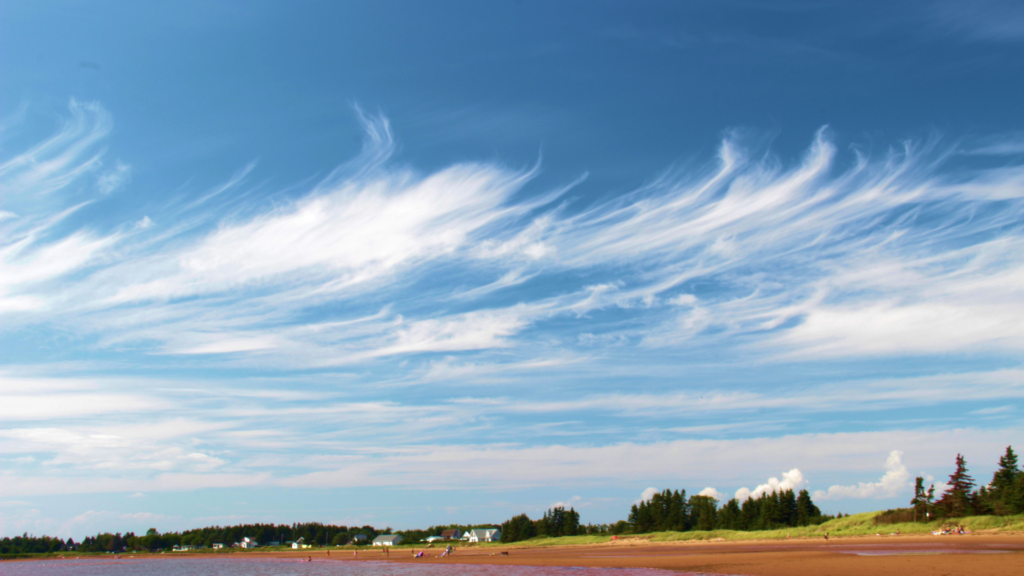
Step 3: Take Photos
The app will guide you to take photos of the sky. Try to take pictures in different directions – north, south, east, and west. This helps scientists get a complete picture of the cloud cover.
Step 4: Report Your Observations
After taking photos, answer a few questions about the clouds you see. Are they covering the whole sky or just part of it? Are they dark and thick, or light and see-through? Your answers help scientists understand the current cloud conditions.
Why Your Observations Matter
Every time you report your cloud observations, you’re helping scientists in a big way. They compare your data with satellite images to get a more accurate understanding of the clouds. This information can improve weather forecasts and help us learn more about climate change.
Fun Facts About Clouds
- Clouds are made of tiny water droplets or ice crystals.
- The highest clouds are called cirrus clouds and they can be more than 20,000 feet above the ground!
- Fog is actually a type of cloud that forms close to the ground.
By participating in Globe Observer: Clouds, you’re not just looking at the sky – you’re becoming a community (citizen) scientist! So next time you see an interesting cloud, remember you can share it with the world and help scientists study our amazing planet. Happy cloud watching!
For more community science projects, check out our blog, “A Year Full of Family-Friendly Community Science Experiences“.
Join us at The Field Trip Academy!
Learn more about Globe Observer and clouds in our current module on Weather. You can access it by signing up for our 30-day FREE trial membership. You can cancel at any time. Not only do you get to do lessons, a field trip and building activities about weather, but we have field trip modules for every season! To learn more, click below:
